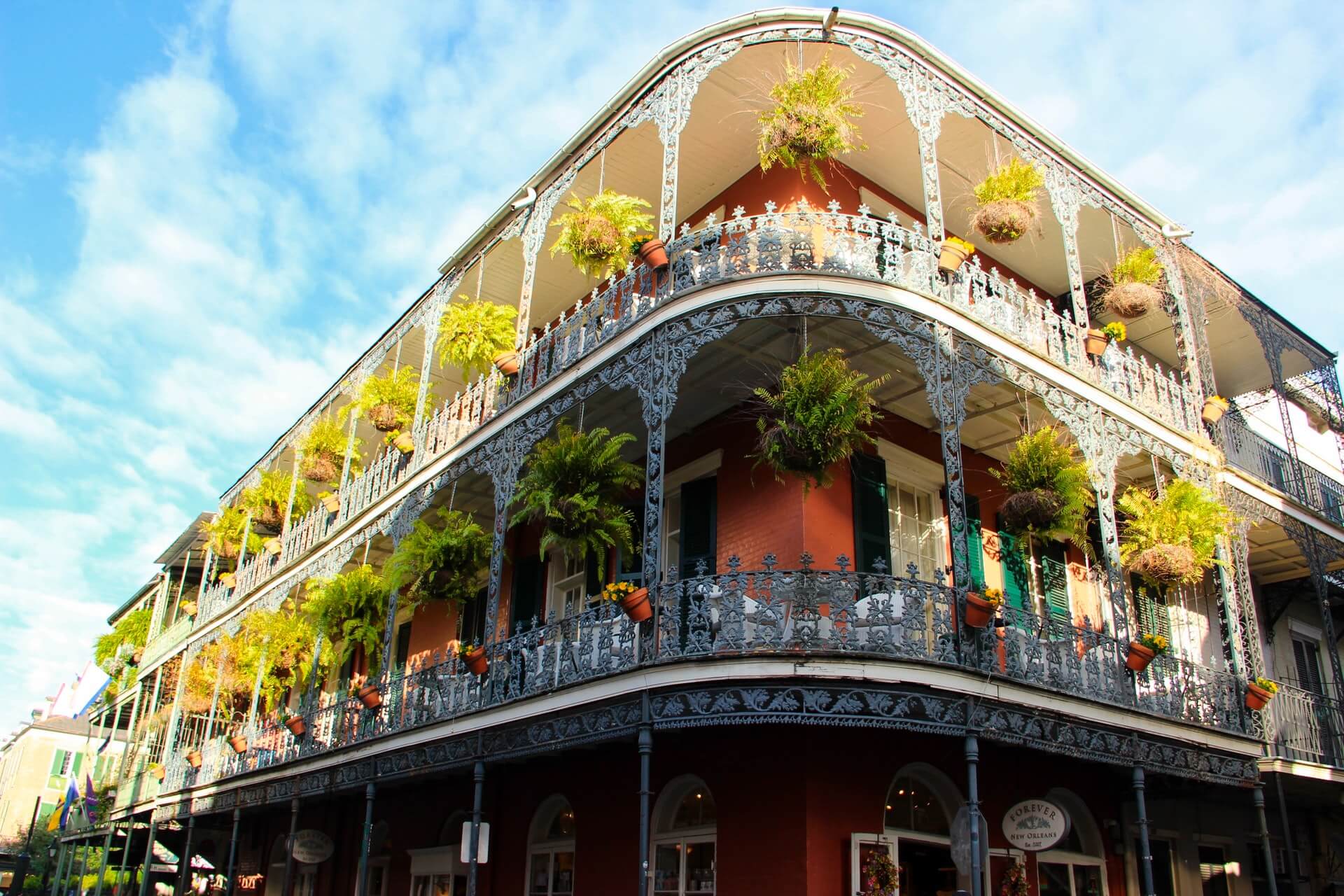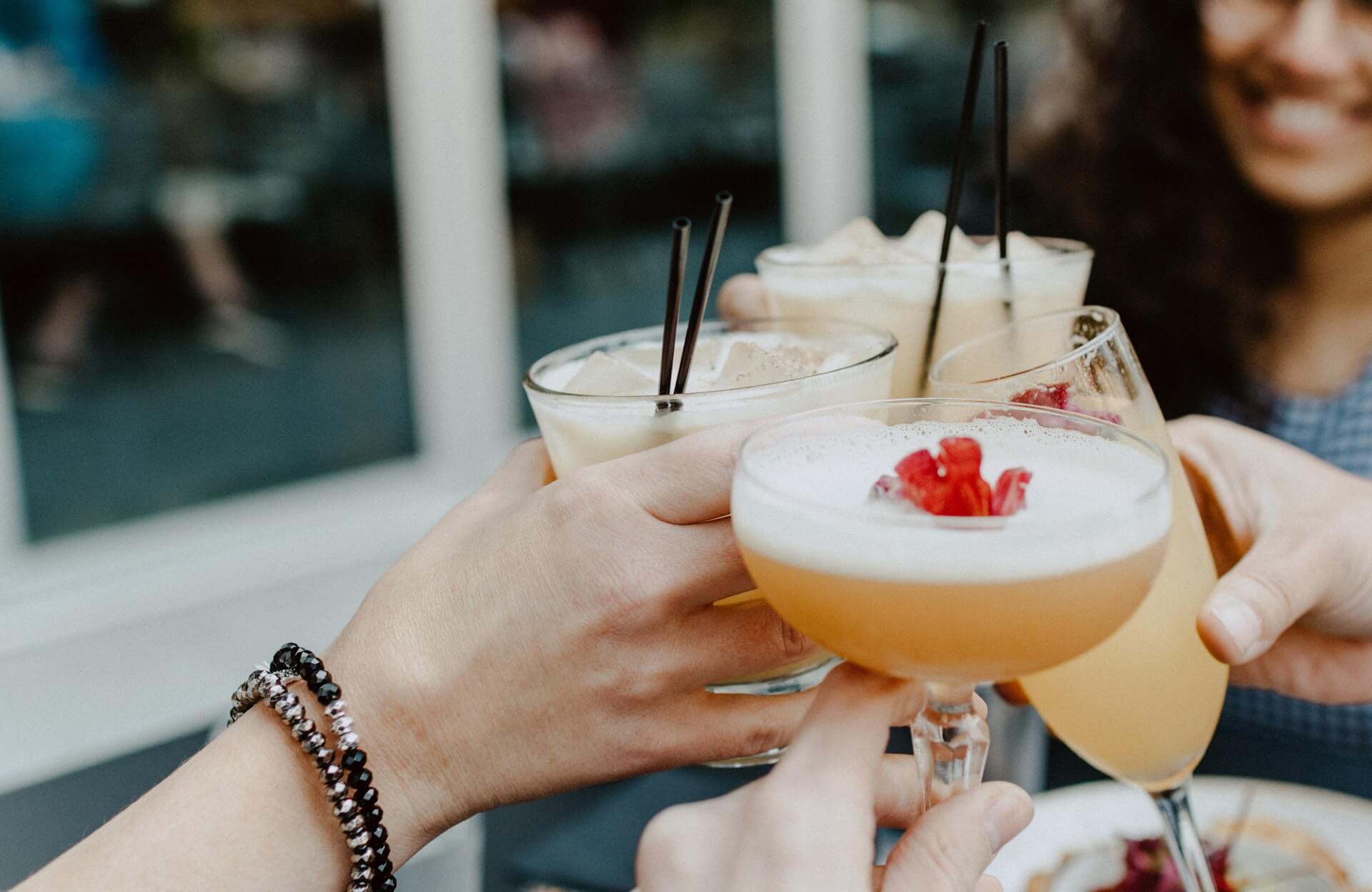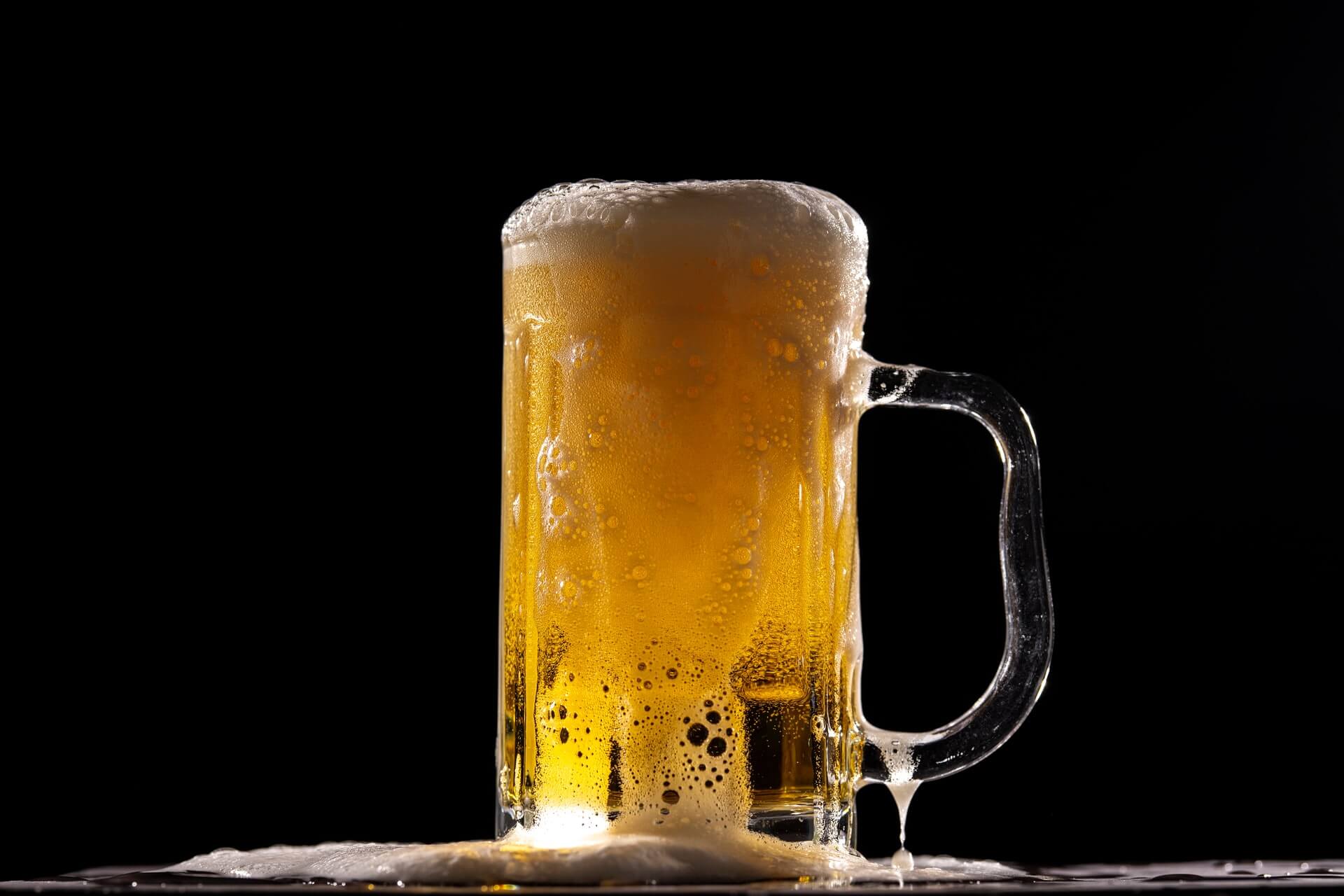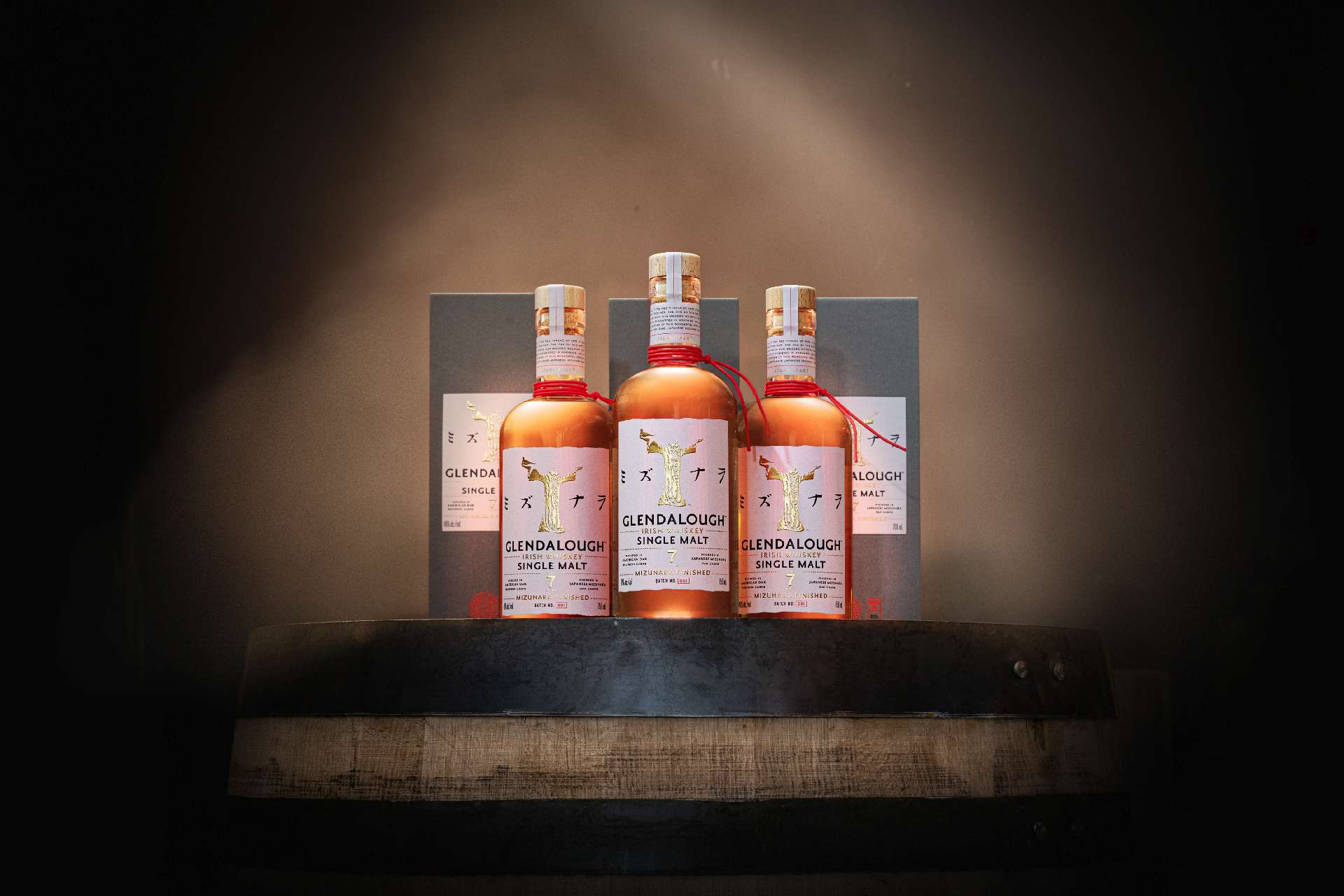TOTC Launches New Philanthropic Committee
by David Klemt

Continuing their growth and commitment to supporting the spirits and hospitality industries, Tales of the Cocktail announces a new committee.
Formerly known as the Grants Committee, this committee will act as an advisory board to TOTC Foundation. In this capacity, the new Philanthropy & Development Committee will guide decisions regarding the TOTCF’s portfolio of philanthropic endeavors.
In launching the Philanthropy & Development Committee, the TOTCF is responding directly to the needs of the spirits community.
Commitment to Philanthropy
Supporting the industry is a TOTCF cornerstone. This commitment was supercharged when the Solomon Group and Neal Bodenheimer, Jr. took over in 2018.
Upon purchasing the rights, the Solomon family and Bodenheimer, Jr. transformed TOTC into a non-profit. Since then, the organization has developed ways to benefit New Orleans and the spirits and hospitality industries.
One major avenue of support came by way of the TOTCF Grants Committee. Their mission was straightforward and lofty: “to support nascent or existing programs, non-profit organizations, and individuals developing a specific project that will impact the global hospitality community present day and beyond.”
In selecting recipients, the Grants Committee reviewed submissions. Recipients needed to support the TOTCF’s core pillars with a focus on diversity, representation, and inclusivity: Advancement, education, and support.
One such recipient that exemplifies the Grant Committee’s work is Turning Tables. From their website:
“Turning Tables advocates for equity in the hospitality industry by providing mentorship, educational tools, and platforms for exposure in a system of support for the black and brown communities of New Orleans.”
New Name, Bigger Mission
To be clear, the Philanthropy & Development Committee is still offering grants. However, the past two years saw the expansion of the Grants Committee’s mission.
In addition to grants, the committee:
- provided direct relief to industry professionals;
- entered into more non-profit partnerships;
- boosted the number of Beyond the Bar activations;
- engaged in advocacy and policy efforts;
- and expanded mental health and wellness capabilities.
Given the evolution of the committee’s work, transforming to the Philanthropy & Development Committee better communicates the mission.
“I’m really excited about this new era of the committee,” says Philanthropy & Development Committee co-chair Kellie Thorn. “While grant-giving will still be a focus, we will now have the opportunity to diversify the way that we serve the drinks community as well as continue to provide thoughtful insight to the Foundation about our industry.”
Continental Drift and Drift Kitchen owner Eric Bennett co-chairs the committee alongside consultant and educator Thorn. The eleven current committee members are:
- Tiffanie Barriere
- Chris Cabrera
- Claudia Cabrera
- Samuel Jimenez
- Nandini Khaund
- Yisell Muxo
- Lisa Nguyen
- Chris Patino
- Vivian Pei
- Kelsey Ramage
- Morgan Schick
To learn more about the Philanthropy & Development Committee, click here.
Image: Aya Salman on Unsplash









